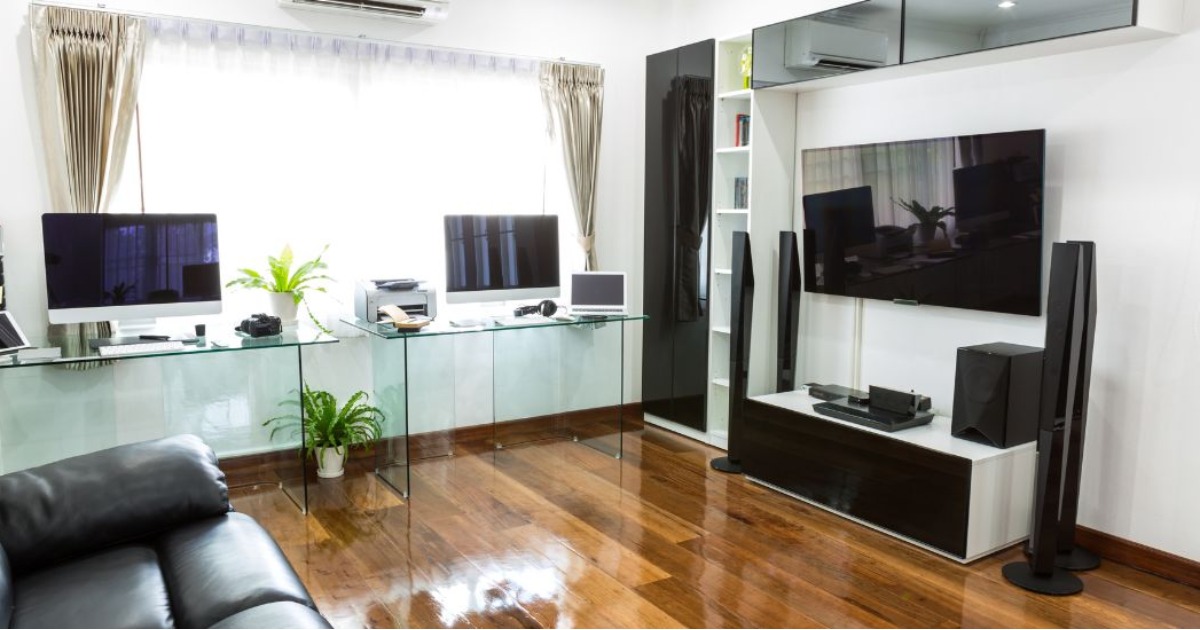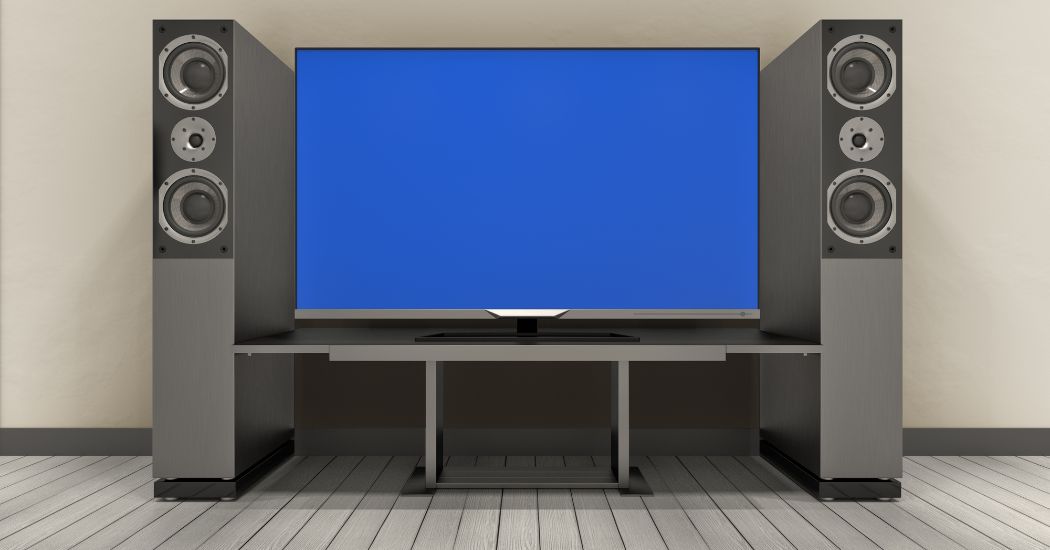How to Bounce Surround Sound in Logic? Step-by-step Instructions
- 22 Dec 2022 17:57
- 602

Improving surround sound isn't easy, but it doesn't mean you have to give up. As for your needs, Logic is a great music production application on your Macbook.
It offers special effects and functions and can produce excellent results.
In this post, I will cover step-by-step instructions on how to bounce surround sound in Logic. Let's dive into the reading to learn more details!
How to Bounce Surround Sound in Logic?
Surround sound is a term that refers to the separation of audio equipment into different speakers. You may know Surround Bounce Logic Pro X.
The purpose of surround sound is to create an immersive and realistic experience when listening to music, watching movies, or playing video games.
Logic is a beautiful tool to help you bounce surround sound. Here is a detailed guide to doing this.

Perform to CDDA (CD Digital Audio)
The common way to bounce surround sound from your computer is to perform a surround bounce to CDDA (CD Digital Audio). Just follow the steps below:
Step 1: Create a project in Logic by selecting File => Bounce => Section or Project, or you can use the corresponding key command on your Macbook. Now the Bounce window is on your screen.
Step 2: Select the checkbox of Surround Bounce on that window underneath the pop-up menu.
Step 3: Decide which bounce settings you desire, click this Bounce button, and successfully perform a CDDA.
Perform to DVD-A
Performing a surround bounce to DVD-A (DVD-Audio) is a straightforward procedure in Logic.

You can adhere to the following instructions:
Step 1: Open a project in Logic by pressing this Bounce button on the right corner of the channel strip for any output.
Step 2: On the Destination pane, click Burn to CD or DVD checkbox, and a new dialog will appear on your screen. Then, tap on the Proceed button.
Step 3: From this Mode pop-up menu, select DVD-A.
Step 4: Select additional bounce options as you wish.
- You will choose how much resolution (bit depth) is necessary on your DVD-A disc.
- A higher bit rate means better audio quality, but it also takes longer to encode at 44kHz/16 bits than at 24kHz/16 bits (the default).
- You can also choose whether CD quality or higher should be used for encoding (CD quality = 96kHz/16 bit).
Step 5: Select the "Bounce & Burn" button from the menu to complete performing to DVD-A.
Step 6: Check off all the tracks you want to include in your DVD-A disc, then click OK when finished.
Using Logic Pro
Logic Pro is an incredibly powerful and versatile digital audio workstation (DAW) for professional music production.
It offers an incredibly comprehensive range of tools and features that enable users to create, mix, and edit music easily.
Logic Pro features an advanced sound engine with various virtual instruments, effects, and tools for creating, recording, mixing, and mastering tracks.

It includes a comprehensive library of over 7000 sounds, loops, and samples.
Logic Pro offers an intuitive and user-friendly interface, allowing users to quickly and easily create and manage their projects.
With its comprehensive tools and features, Logic Pro allows users to create professional-sounding projects quickly, from recording and editing live instruments to bounce surround sound.
What Are The Differences Between Bouncing in Place and Freezing a Track?
Bouncing in place and freezing the track in a digital audio workstation (DAW) are two different processes that help to reduce the strain on a computer's CPU.
Bouncing in place creates a copy of the source track and may include applying effects while freezing creates a rendered audio file from the source track.
Another difference is that bouncing in place will take up more CPU resources. After all, it creates a new track, whereas freezing will take up fewer CPU resources because it simply renders the way as an audio file.
In addition, bouncing in place allows for further manipulation of this bounced track, whereas freezing does not save the data as a single audio file.
FAQs
Can you drag a video into Logic?
It is possible to drag the video into Apple Logic Pro X. The application supports many types of video, including QuickTime movies and MPEG-4 files.
This allows you to sync audio and video, place effects, and other sound elements.
Why is the audio not in sync with the video?
A common issue in video playback is when audio and video are out of synchronization. Various reasons, such as incorrect video encoding, a slow computer or internet connection, input signal, and mismatch between audio and video, can cause this.
You can try bouncing video and audio in Logic to sync the audio with the video.
Does bouncing audio reduce quality?
Yes, during the bouncing process, some aspects of the audio can be lost or reduced, leading to a lower quality of sound.
The more tracks you bounce, the more audio quality is lost. So, assessing whether bouncing audio is the best approach for a given project is essential, as other methods of combining audio may lead to a more desirable result.
How do you bounce audio in Logic?
Select Project or Section from the Bounce menu as the first step on how to bounce stereo in Logic. Then, choose one or more destination formats in the Destination box of the Bounce dialog.
Bounce possibilities for that destination format show up to the right of the Destination section once you choose a destination format.
Choose a bounce option for each destination format you've chosen.
Is it better to bounce in real-time or offline?
The answer to this question is dependable. Each approach has its benefits and drawbacks that you must consider before deciding which works best for a particular situation.
Ultimately, whether to work in real-time or offline should depend on the specific needs of the project and the goals in mind.
Conclusion
Learning how to bounce surround sound in Logic can be a great way to create immersive and realistic audio experiences.
Following the steps outlined in this post will ensure that the mixdown of your audio project is high quality and tailored to your needs.
With some practice, you can become a master at mixing down your tracks to create a unique and powerful sound.
Thank you for reading!
